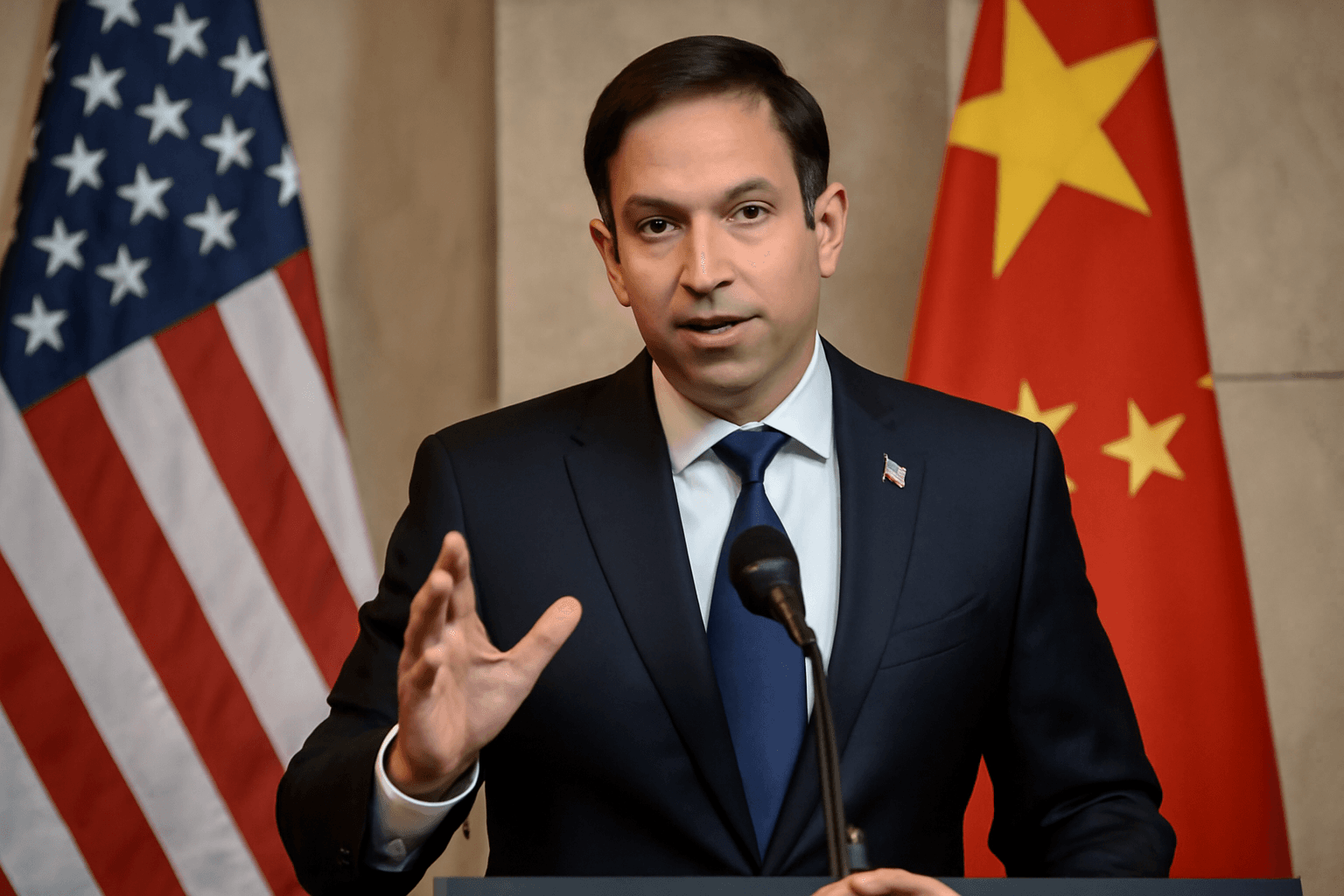Japan’s Unique Embrace of Immigration in an Age of Restriction
As many Western countries tighten immigration controls amid rising political and social concerns, Japan is charting a different course, welcoming immigrants as vital contributors to its economy and society. This approach stands out sharply against a backdrop of skepticism and resistance common in Europe and North America, where immigration debates often spark intense divisions.
Japan’s foreign resident population reached approximately 3.7 million at the end of 2024, marking an impressive 11% increase year-on-year. While this still represents only about 3% of Japan’s total population—significantly less than the OECD average of 11%—Japanese policymakers and economists view these figures with optimism rather than alarm.
Why Japan Welcomes Immigrants as Economic Benefactors
Underpinning Japan’s welcoming stance is a sobering demographic reality: a rapidly ageing population combined with one of the world’s lowest birth rates. This demographic squeeze threatens to hollow out Japan’s labor force and strain its social welfare systems in the coming decades.
In this context, a recent survey conducted by the Japan Center for Economic Research, polling 47 leading economists, found that 66% believe increased immigration will bolster Japan's fiscal health. This optimism rests on the steady flow of younger foreign workers who contribute to social insurance, pay taxes, and fill critical gaps across sectors facing labor shortages, from manufacturing to healthcare.
Chiaki Moriguchi, a professor at Hitotsubashi University, highlights an important nuance often overlooked: "Research demonstrates that foreign workers and Japanese nationals tend to complement rather than compete with each other, alleviating fears about wage suppression or higher unemployment for native workers." This mutual reinforcement suggests that immigration can catalyze economic vitality rather than detract from it.
Further bolstering the outlook, 76% of surveyed economists anticipate that immigrants will improve the average Japanese citizen’s quality of life by enhancing the availability of goods and services, stabilizing prices, and fostering workplace diversity, which drives innovation and productivity.
Contrasting Western Perspectives on Immigration
By contrast, in much of the Western world, immigration policy has recently tightened amid growing public unease. A 2024 Gallup poll revealed that 55% of Americans favored reducing immigration levels, the highest in over two decades. Economic fears—competition for jobs and concerns about overburdened public services—largely fuel this sentiment.
In the United Kingdom, asylum seeker caps and a "one in, one out" policy reflect political efforts to curb immigration flows amid rising voter frustration. Similarly, in Western Europe, surveys report that up to 80% of respondents in countries like Germany, Spain, and France believe immigration over the last decade has been excessively high, influencing governments to adopt stricter border and asylum policies.
The European Union itself has responded by moving many asylum proceedings outside its borders to alleviate domestic pressures.
Expert Insights: Implications for the U.S. and Beyond
Japan’s approach offers a compelling counter-narrative to Western immigration skepticism, emphasizing immigration as an economic imperative rather than a political liability. For the United States, grappling with its own debates over immigration reform, Japan’s model foregrounds the potential fiscal and social benefits of thoughtfully managed immigration expansion, particularly against the backdrop of an ageing domestic workforce.
Professor Hiroyuki Kasahara of the University of British Columbia sums it up: "Strategically integrating foreign talent can rejuvenate the labor pool, stabilize government revenues, and sustain social safety nets critical for ageing populations." This insight resonates with policymakers worldwide confronting similar demographic challenges.
The Road Ahead: Balancing Integration and Identity
Japan’s growing immigrant population also raises important questions about social integration and cultural adaptation. While economic benefits are clear, fostering inclusive communities and addressing xenophobia remain essential to fully realizing immigration’s promise.
As global migration patterns evolve in response to economic needs and geopolitical shifts, the contrasting narratives between Japan and Western countries invite deeper reflection on the values and priorities shaping immigration policy worldwide.
Editor's Note
Japan’s welcoming stance on immigration offers a pragmatic solution to demographic crises that Western nations might reconsider. It challenges prevailing narratives that often cast immigrants as economic threats rather than opportunities. Policymakers and citizens alike must weigh the long-term economic imperatives against short-term political anxieties, exploring pathways that harness immigration as a force for renewal and shared prosperity.



















